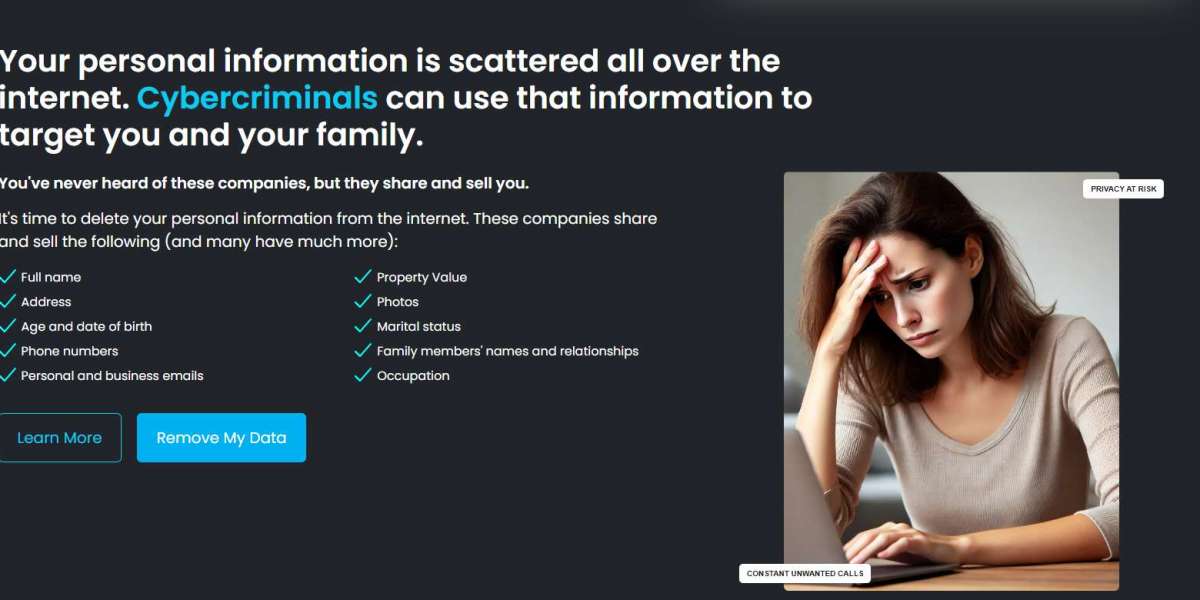The Importance of Online Privacy Protection
In today’s digital age, personal information like phone numbers, addresses, and even sensitive financial details can end up exposed on the internet. This data may be used to personalize ads, but it can also be exploited in ways you never agreed to. From potential identity theft to cyberstalking, these risks are a powerful incentive to secure your personal data.
Getting Started: Identify the Data Out There
The first step is to understand the extent of your information’s online presence. Start by searching for your name, phone number, and email address to see what’s publicly available. From there, note which platforms or websites host this information so you can take further steps to remove or protect it.
Steps to Remove Personal Information from the Internet
To safeguard your privacy, here are essential steps to remove personal data from various online sources:
Close Unused Accounts
Many people have accounts with sites they no longer use, but these accounts often contain personal details. Go through old email accounts to identify any forgotten platforms where you may have shared data and deactivate or delete these accounts.Review Social Media Settings
Social media platforms are often a major source of personal information. Tighten your privacy settings to limit the visibility of your details, like phone numbers and email addresses. Be selective with the information you post and consider removing unnecessary details.Opt Out of Data Broker Sites
Websites like Spokeo, Whitepages, and others collect personal information and make it publicly accessible. Many data broker sites allow you to opt out, though it can be time-consuming to do so on each site individually. If this feels overwhelming, consider using a service like My Data Removal, which specializes in helping people remove their personal data from such platforms efficiently.Contact Website Owners for Content Removal
In cases where your information is hosted on a specific website, reaching out directly to the site administrator can sometimes result in content removal. Many sites are willing to honor privacy requests, especially if the information is sensitive or was shared without consent.Request Removal from Search Engines
Major search engines, such as Google, offer options to remove certain information from search results. While this won’t delete the data itself, it can limit its accessibility to the general public, making it harder to find in search results.
The Benefits of Using a Professional Data Removal Service
If you’re looking for a more comprehensive solution, professional data removal services can be invaluable. Services like My Data Removal offer specialized assistance in identifying and removing personal information from various sources. They streamline the process and often include continuous monitoring, so any new information that appears is promptly flagged and addressed.
Long-Term Privacy Management
Taking control of your digital footprint is just the first step in safeguarding your online presence. Here are a few tips to help maintain your privacy over time:
Regularly Search for Your Information
Periodically search for your name and personal details to identify any new data that may appear online.Use Strong, Unique Passwords
Protecting your accounts with strong, unique passwords makes unauthorized access more difficult. Consider using a password manager to streamline this process.Be Cautious with Sharing Personal Information
Think carefully before sharing personal data on new websites, apps, or forms. Less is often more when it comes to online sharing.
Wrapping Up: Take Action on Your Privacy
With personal data continuously circulating online, actively managing your digital footprint is essential. While manual efforts can help, a dedicated service like My Data Removal simplifies and accelerates the process, giving you peace of mind and an added layer of security.
Protecting your online privacy is an ongoing commitment, but with proactive steps, you can take back control of your personal data and enjoy a safer digital experience.



